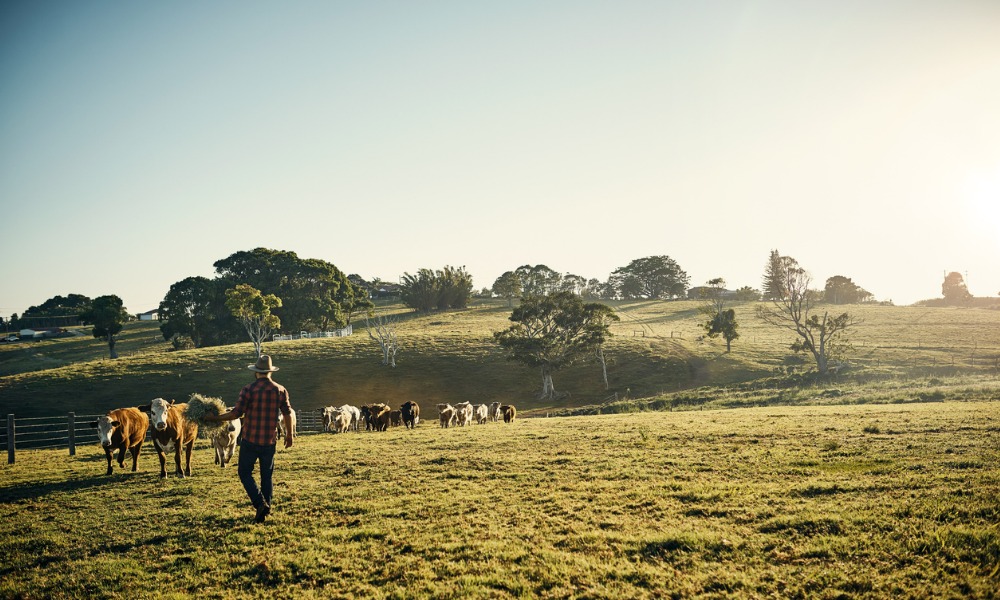The rapid rise in Australian farm prices is attracting property investors from all over the world

Farm prices are rising at a much faster rate than house prices, according to data from PropTrack.
Farm prices have doubled over the past three years, the report found. By contrast, it took 15 years for house prices to double, according to a report by The Australian.
Despite an anticipated slowdown in the coming months, farmland prices are still projected to outpace residential property prices by threefold this year, The Australian reported. This prospect has attracted some of Australia's most prominent business figures, including iron ore magnates Gina Rinehart and Andrew Forrest, Atlassian chief Mike Cannon-Brookes, and retailing tycoon Brett Blundy, who have invested heavily in farmland.
International buyers, such as UK and Canadian pension funds, have also taken part in this trend, acquiring rural holdings during the recent land boom. Farmland in the wheat belts has emerged as a standout performer, with a $3.3 billion increase in production, resulting in an all-time record of $13 billion in 2022, according to The Australian.
“The strong performance in wheat has a strong flow-on impact to farming communities and farm values,” Neriida Conisbee of the Ray White group told The Australian. “It also results in record house price rises in many wheat farming regions, particularly the WA wheat belt.”
Read next: Agri Green Loan inquiries at CBA on the rise
This positive momentum in the wheat industry can be attributed to favourable weather conditions and the disruption of global food supply following Russia's invasion of Ukraine, The Australian reported.
However, despite the overall optimism, challenges lie ahead. Higher crop prices in the upcoming year might be counterbalanced by lower production volumes, which could potentially slow overall agricultural growth, The Australian reported. The Australian Bureau of Agricultural and Resource Economics and Sciences (ABARE) forecasts a 14% decline in the value of agricultural production next year, primarily due to expected drier conditions as weather patterns shift from La Niña to El Niño.
Among various farmland regions, the high rainfall zone has experienced the most significant growth in median prices, surging by 125% over the last three years to nearly $9,000 per hectare, The Australian reported. Although price growth is expected to moderate this year, total farmland values are still projected to increase by over 10%, according to agricultural specialist Rabobank. Meanwhile, a recent forecast by Westpac pegged house price rises for the calendar year at just 7%.
Have something to say about this story? Let us know in the comments below.



